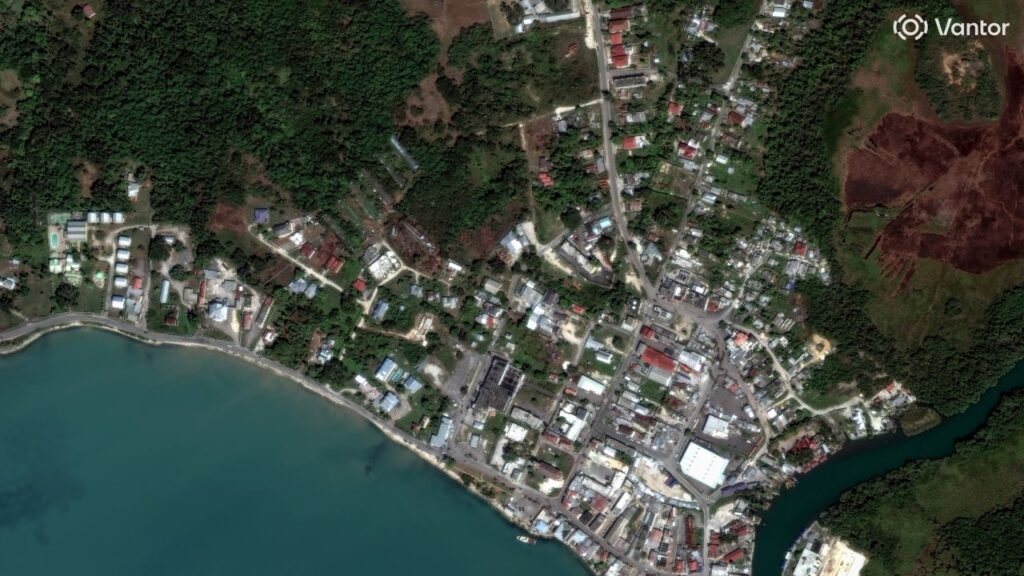Published on: Oct 30, 2025 04:43 am IST
Hurricane Melissa is barreling northeast toward the Bahamas, after leaving a trail of destruction across Jamaica and the eastern side of Cuba.
Hurricane Melissa is barreling northeast toward the Bahamas, after leaving a trail of destruction across Jamaica and the eastern side of Cuba.

Melissa made landfall around 3 AM Eastern time near Santiago de Cuba as a Category 3 storm on the five-step Saffir-Simpson scale, before weakening to Category 2 as it moved across rugged terrain. Sustained wind speeds are still around 105 miles (169 kilometres) per hour, and a hurricane-strength storm is expected to hit the Bahamas later on Wednesday.
From there, Melissa is forecast to track west of Bermuda on Thursday before degrading into an extra-tropical cyclone late Friday or early Saturday, according to the US National Hurricane Center.
The hurricane has dumped torrential rain on Cuba, unleashing landslides and flooding in the nation’s second-largest city, according to state newspaper Granma. The Charco Mono Dam, which supplies water to Santiago de Cuba, was also reportedly overflowing, and authorities were working to rescue residents trapped by floodwaters. Cuban officials evacuated about 735,000 people before the storm arrived.
On Tuesday, Melissa became the strongest recorded storm to hit Jamaica. Hundreds of thousands were left without power and hospitals were forced to evacuate in the wake of 185 mile per hour winds and heavy rains.
Authorities are still assessing the damage from the storm. Property intelligence firm Cotality estimates property damage in Jamaica will total between $5 billion and $10 billion.
Despite Melissa’s strength and the destruction wrought across Jamaica, the island was spared an “absolute worst-case scenario,” according to Adam Douty, a senior meteorologist at AccuWeather.
“It’s hard to say that, given what happened,” Douty said. “But if landfall was 50 miles farther east around Kingston, it could have ended up being even worse.”








